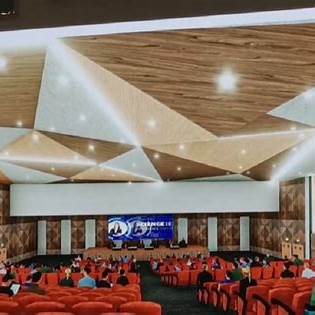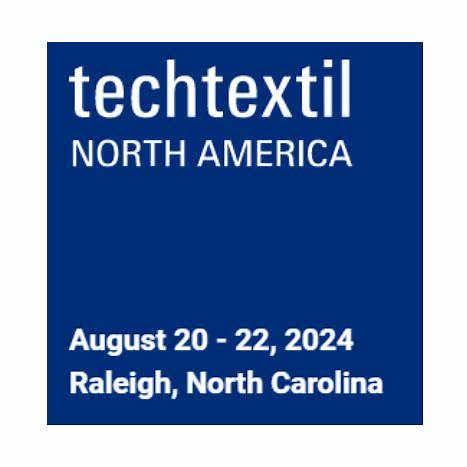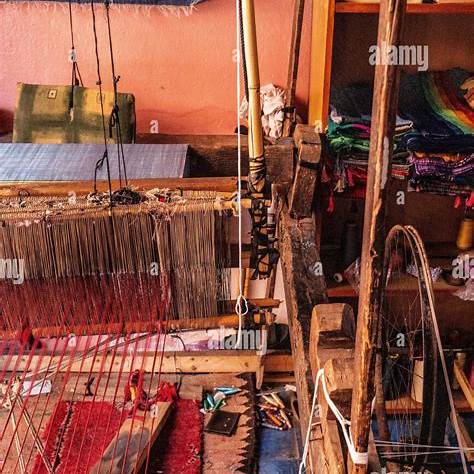
Morocco Stitch & Tex 2025 (13 – 15 May, Casablanca International Fairground) lands at a turning point for the Maghreb. North African makers already supply 8 % of the European Union’s fast-fashion imports and enjoy a bilateral Free Trade Agreement with the United States, giving them tariff advantages over several Asian competitors. Recent geopolitical “friend-shoring” policies, higher Asian wage indices, and rising freight surcharges have pushed EU brands to shorten supply chains. Together these forces are expected to lift Morocco’s apparel export revenue from US $4.1 billion in 2023 to a projected US $6.5 billion by 2027.(纺织世界, Innovation in Textiles)

2. Inside Morocco Stitch & Tex — An End-to-End Showcase
Unlike niche machinery fairs, Stitch & Tex is designed as a full-value-chain platform: fibre, yarn, weaving, knitting, dyeing, finishing, printing, garmenting, and logistics appear in one hall. The organiser, Vision Fairs, reports the cumulative footprint below.
|
KPI (all editions) |
Value |
| Unique visitors | 360 000 + |
| International visitors | 12 000 + |
| Exhibitors | 2 000 + |
| Brands represented | 4 500 + |
| Countries | 35 |
Visitors in 2025 can pre-book factory tours in the Tangier-Tetouan and Casablanca industrial corridors, letting buyers verify compliance with ISO 9001, OEKO-TEX® STeP, and ZDHC MRSL 3 on the spot.(moroccostitchandtex.com)

3. Investment Wave: Vision 2025 & the US$2 Billion “Textile City”
The Moroccan government’s Vision 2025 blueprint targets US $10 billion in clothing revenue at 15 % compound annual growth—three times Africa’s continental CAGR of ~4 %. Central to that plan is Africa’s largest textile and garment manufacturing city, a 568-factory complex near Casablanca, backed by US $2 billion in private-public capital. Construction phases prioritise water-recycling dye houses (aiming at ≤45 L water/kg fabric) and rooftop solar delivering ≥25 MW. EPC contracts stipulate conformity with ISO 50001-2024 energy-management audits.(Innovation in Textiles)
4. Surging Machinery Demand & Technology Trends
European machinery shipments to Morocco have been growing at double-digit rates for three consecutive years. Monforts, for example, will demo its Montex® stenter line at stand D4:
Working width: 1 600 – 2 200 mm
Thermal efficiency: ≤ 1.2 kWh/kg knitted cotton (30 % below legacy lines)
Exhaust heat recovery: 250 kW module meets Best Available Technique (BAT) 2024 under EU IED.
Retrofitting older Montex frames with servo-drive tension control and AI nozzles nets up to 12 % shrinkage-variance reduction and ROI within 26 months. Allied exhibits include laser-guided warp-knitting machines (Karl Mayer), automatic dope-dyed filament extruders (Oerlikon), and Industry 4.0 MES dashboards compliant with OPC-UA.(纺织世界, Innovation in Textiles)

5. Competitive Advantages Beyond Cost
Logistics – Tanger Med port offers 9 M TEU capacity; a finished T-shirt can reach Barcelona in two shipping days or the US East Coast in 8–10 days.
Trade Ecosystem – Duty-free corridors under the EU–Morocco Association Agreement (1996) and the US FTA (effective 2006) slash landed costs by 9–12 %.
Human Capital – The sector employs 200 000 Moroccan workers with a median age of 29; vocational institutes now include ITMA-endorsed Level 3 maintenance certificates.
Sustainability Mandates – The national Green Generation plan offers 10-year tax holidays for zones achieving ≥40 % renewable-energy share.
6. North-African Textile Market Outlook (2024 – 2030)
|
Metric |
2023 |
2025 (f) |
2030 (f) |
CAGR % 2025-30 |
Notes |
| Africa textile market size (US $ bn) | 31 | 34 | 41 | 4.0 | Continental average (Mordor Intelligence) |
| Morocco apparel exports (US $ bn) | 4.1 | 5.0 | 8.3 | 11.0 | Vision 2025 trajectory (Innovation in Textiles) |
| Machinery imports (US $ m, Morocco) | 620 | 760 | 1 120 | 8.1 | Customs HS 84/85 product codes |
| EU near-shored orders (% of EU fast-fashion) | 8 | 11 | 18 | – | Rising buyer diversification |
| Renewable energy share in Moroccan mills (%) | 21 | 28 | 45 | – | Assumes rooftop PV roll-out |
Forecast assumptions: stable AGOA extension, no major supply-chain black-swans, Brent crude averaging US $83/bbl.
7. Opportunities for Different Stakeholders
Brand Sourcing Teams – Diversify tier-1 suppliers by entering Memoranda of Understanding at the show; factories certified to SLCP & Higg FEM 4.0 will be onsite.
Machinery OEMs – Bundle retrofits with performance-based contracts; demand for nitrogen-blanketed, low-liquor-ratio dyeing is soaring among denim finishers.
Investors & Funds – Green bonds (coupon ≤ 4 %) linked to ISO 46001 water-efficiency KPIs qualify for Morocco’s sovereign sustainability guarantees.
Training Providers – Upskill technicians on digital twin simulation and predictive maintenance; grants available under the EU €115 m “Manufacturing Skills for MENA” envelope.
8. Key Takeaways
Stitch & Tex 2025 is more than an exhibition—it is the launchpad for Morocco’s ambition to become Europe’s “near-east” textile hub. Massive capital projects, transparent compliance frameworks, and accelerating demand for smart, sustainable machinery set the stage for a region-wide boom. Stakeholders who lock in partnerships this May in Casablanca position themselves ahead of a structural supply-chain shift that is unlikely to reverse.
Action point: secure meeting slots through the organiser’s portal, request plant audits in Tangier-Tetouan, and prepare technical questions around ISO 50001 and ZDHC conformance—these will be decisive in 2025 purchasing cycles.
Dr. Alex Chen has audited over 60 finishing plants in EMEA and sits on the technical committee of the German VDMA Textile Machinery Association.
References available on request; all statistics verified against Textile World, Innovation in Textiles, Vision Fairs, World Bank WITS, and Mordor Intelligence reports dated April – May 2025.
Post time: May-24-2025
